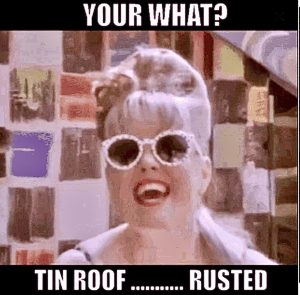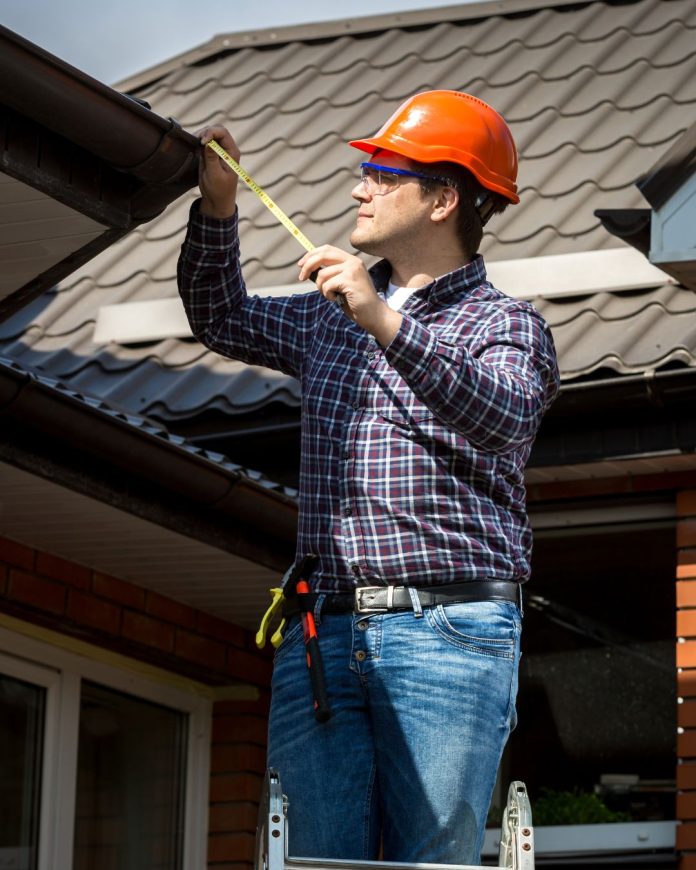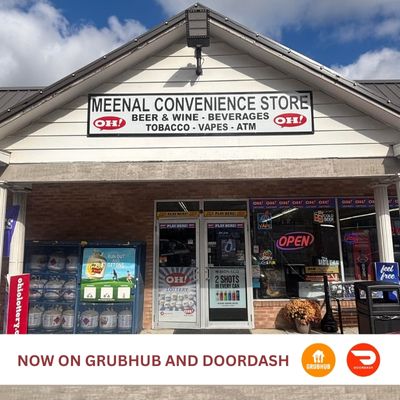Metal roofing has surged in popularity across Northeast Ohio as homeowners discover benefits beyond the obvious durability factor. While these roofs can last 40-70 years compared to 15-20 years for traditional asphalt shingles, several lesser-known aspects make them worth considering for your next roofing project.
They’re Not Actually Made of Tin
Despite being called “tin roofs,” modern metal roofing typically consists of steel, aluminum, or copper. True tin roofing largely disappeared decades ago, but the name stuck. Today’s materials offer superior strength and corrosion resistance compared to historical tin options.
Temperature Creates Maintenance Windows
Metal roofs can reach temperatures exceeding 150°F during summer sunshine, making them too hot to walk on safely for several hours each day. Homeowners must schedule gutter cleaning and maintenance for early morning, evening, or overcast conditions. This limitation often pushes more maintenance tasks to professionals compared to traditional roofing materials.
Color Choice Affects Walkability
Light-colored metal roofs stay 50-70°F cooler than dark colors on hot days. This temperature difference impacts both energy efficiency and maintenance accessibility. White or light gray options remain more walkable during warm weather while reducing cooling costs.
Snow Behavior Differs Dramatically
Unlike asphalt shingles that hold snow in place, metal roofs shed snow and ice rapidly. While this prevents ice dam formation, large snow sheets can slide off suddenly, potentially damaging gutters or landscaping below. Many homeowners install snow guards to control this natural shedding process.
Lightning Myths Persist
Metal roofs don’t attract lightning more than other materials, contrary to popular belief. If struck, they’re actually safer since they’re non-combustible and effectively disperse electrical charges. The metal provides protection rather than creating additional risk.
Noise Levels Depend on Installation
Properly installed metal roofs with adequate insulation and underlayment are only slightly noisier than traditional materials during rainstorms. However, installations without proper sound dampening can create significant noise during precipitation.
Partial Installation Options Available
Homeowners don’t need to commit to entire roof replacement. Metal roofing works well on specific sections like porches, dormers, or additions, allowing property owners to test the material or create aesthetic accents while keeping traditional materials elsewhere.
Expansion Requires Special Techniques
Metal roofs expand and contract significantly with temperature changes, requiring specialized fastening systems. Improper installation can lead to loose fasteners over time, creating potential leak points or noise issues.
Rust Depends on Material and Maintenance
Steel roofs will rust if protective coatings become damaged or deteriorate over time. Most steel roofing includes galvanized or galvalume coatings to prevent corrosion, but scratches from falling branches, hail, or foot traffic can expose bare metal. Aluminum roofs don’t rust but can develop white oxidation, while copper develops a protective green patina. Coastal areas near Lake Erie present additional challenges due to salt air accelerating corrosion. Quality products with superior coatings and prompt attention to minor damage help prevent rust issues.

Metal roofing represents a significant upfront investment but offers long-term value through durability, energy efficiency, and reduced replacement frequency. Understanding these unique characteristics helps homeowners make informed decisions about whether metal roofing suits their specific needs and maintenance preferences.
Discover more from Northeast Ohio News
Subscribe to get the latest posts sent to your email.










